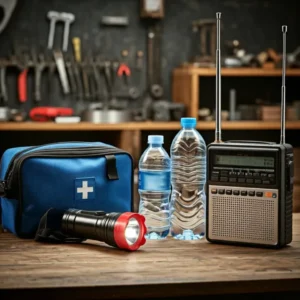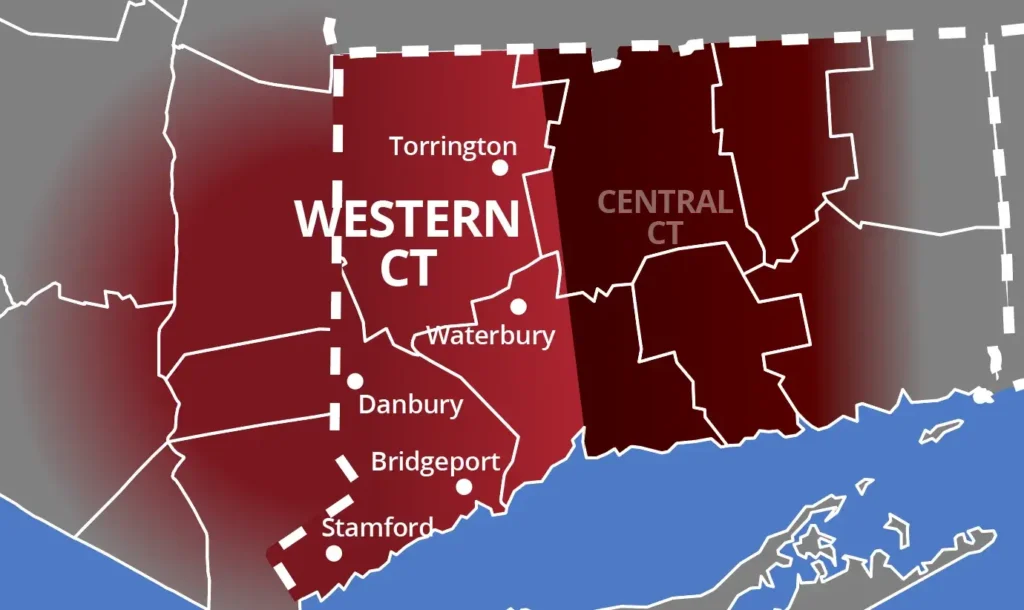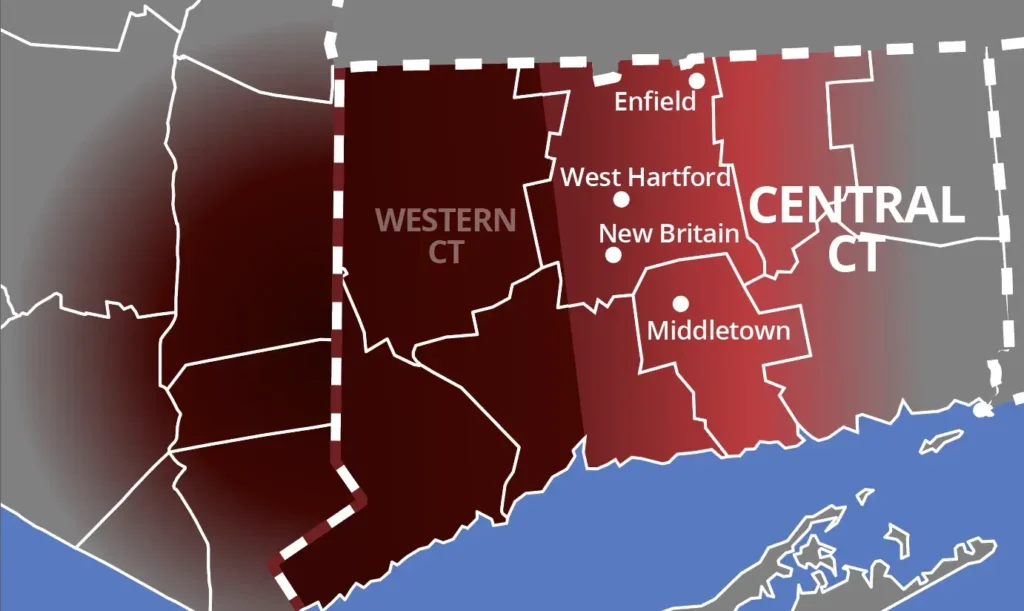Preparing for Winter Storms in Connecticut: Expert Tips for Staying Safe

Winter storms are a seasonal challenge in Connecticut, with freezing temperatures, snow, ice, and powerful winds frequently disrupting our schedules. It’s not uncommon to experience power outages, hazardous roads, and plummeting temperatures during a storm. You can more easily get through these winter storms by taking a few proactive steps now to safeguard your home and your family from the inevitable appearance of a patented New England Nor’easter.
- Stay Informed and Understand the Risks
Stay updated on local weather forecasts and warnings. Sign up for community alerts, tune into the Emergency Alert System (EAS), and NOAA Weather Radio for real-time emergency notifications. These resources will help you stay ahead of potential storm-related disruptions. You can lose power and Internet access during a storm, so having a dedicated battery-operated weather radio is going to keep you informed of any important information about the weather and any local government directives regarding shelters and help if displaced.
- Prepare Your Home for Winter Weather
A well-prepared home is going to be key to staying safe and comfortable during a winter storm. The best time to start preparing is when the weather is still moderate by weatherproofing your home. Sealing air leaks with caulking and weather stripping, adding insulation, and taking steps to prevent your pipes from freezing are just some of the ways you can reduce the impact of cold weather storms on you and your home. Another important thing to do is test your smoke alarms and carbon monoxide detectors to make sure they are working correctly. If power outages require using alternative heat sources, these devices are essential for detecting unsafe conditions. This is also the best time to consider installing a backup generator that will automatically come on during a power outage. Your family will thank you for the power when the power goes out.
- Stock Up on Essential Supplies
Preparing for power outages and supply shortages is vital. Here’s a winter storm checklist for supplies you’ll want to have on hand to stay safe and comfortable if you lose power and/or heat for a couple of days:
Warmth & Clothing
- Blankets and sleeping bags (preferably thermal or wool)
- Layered, warm clothing (thermal underwear, thick socks, gloves, hats)
- Hand warmers and foot warmers
- Extra winter coats
Food & Water
- Non-perishable food (canned goods, nuts, dried fruits, protein bars)
- Manual can opener
- Bottled water (at least 1 gallon per person per day)
- Thermos for hot drinks (fill with hot water before the storm)
Lighting
- Flashlights and extra batteries
- Battery-powered lanterns
- Candles and matches or lighters
- Headlamp (handy for hands-free lighting)
Heating Options
- Space heater made for indoor use only.
- Wood Stove or Fireplace
- Backup power from a generator.
Communication
- Battery-powered radio (for weather updates)
- Portable phone charger or power bank (fully charged before storm)
Hygiene & Health
- First-aid kit
- Prescription medications (at least a 3-day supply)
- Toiletries (toilet paper, wet wipes, hand sanitizer)
- Water for pets and pet food, if applicable
Tools & Supplies
- Multi-tool or basic toolkit
- Snow Shovel (if you need to clear pathways or snow)
- Sand, salt, or kitty litter (for traction on ice)
- Duct tape and plastic sheeting (to seal windows or doors for additional insulation)
Miscellaneous
- Books, games, and non-electronic activities for entertainment
- Important documents (keep them in a waterproof bag)
In addition to home supplies, prepare a car emergency kit for times when you might get caught in a storm while traveling. This could include jumper cables, a flashlight, blankets, warm clothing, sand, bottled water, and non-perishable snacks. If you know a storm is approaching, it’s a good idea to keep your gas tank full.
- Safety Measures During the Storm
When a storm warning is issued, stay indoors and avoid travel unless necessary. Limit time outdoors to avoid exposure, and layer up if you need to go outside. Remember to check on your neighbors, particularly the elderly and isolated people.
Avoid overexertion while shoveling snow or walking in deep snow, which can increase the risk of heart attacks. Pace yourself and take breaks as needed.Additional Resources for Winter Storm Preparedness
For more information on preparing for winter weather, check Ready.gov or download the FEMA app for helpful checklists and safety guidance. By planning ahead and staying informed, Connecticut homeowners can improve their resilience against the challenges of winter storms and protect both their homes and families.
Staying prepared means staying safe, even when Connecticut’s winter storms are at their most severe.



